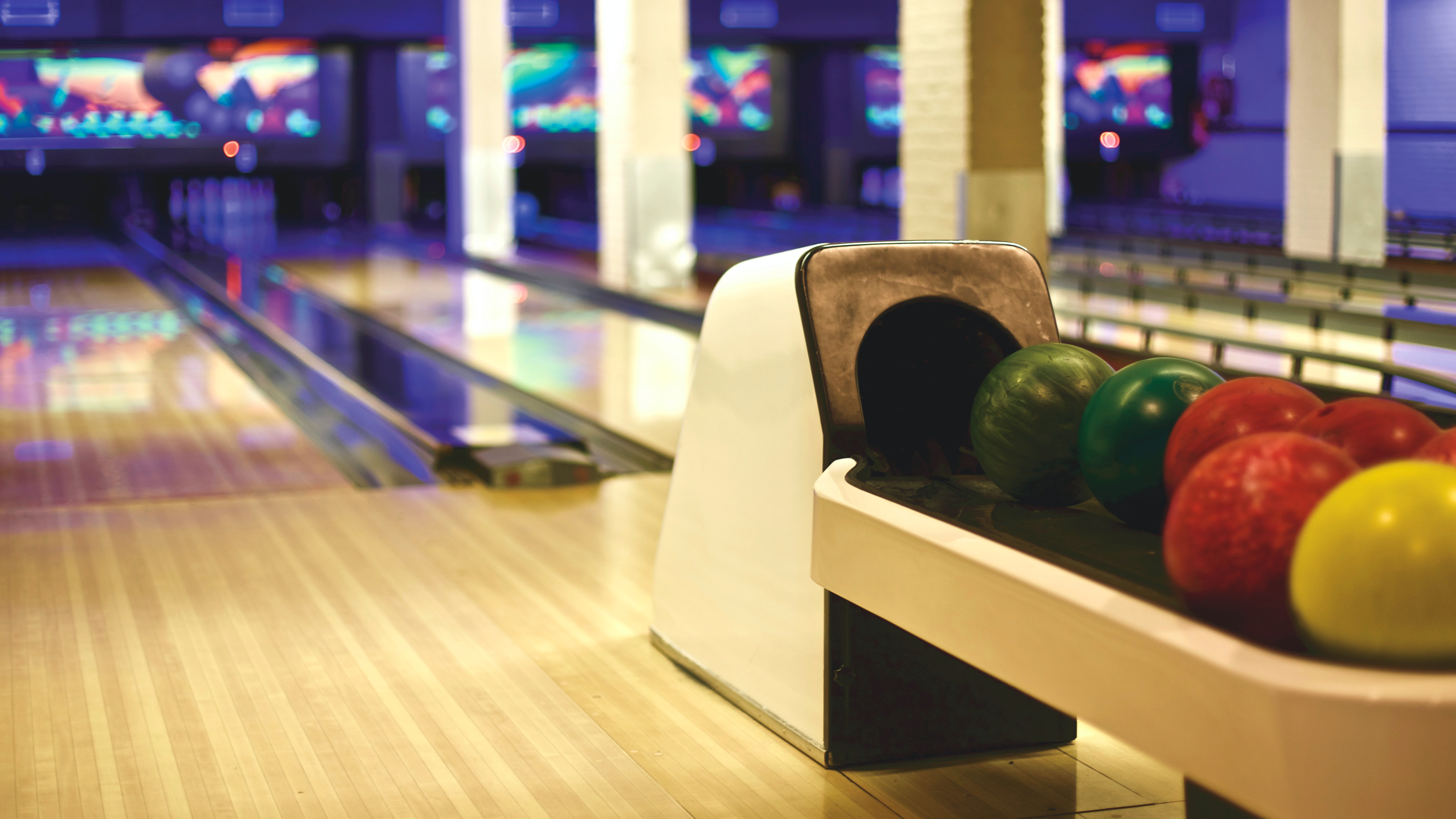Many amateur bowlers believe the only way to practice bowling is to simply go to the lanes and bowl, trying to get the highest score possible each time. While in theory this doesn’t sound too bad, the truth of the matter is there is a much better way to practice.
Bowling for Strikes
Every time you bowl with the goal of getting the highest score possible, you get a good amount of practice throwing strikes. This is because at least half of your throws are aimed at getting a strike. In general, you are trying to hit in the same spot, in the pocket right between the one and three pins for righties, on every strike ball. But the other half of the balls you throw, the spare attempts, could literally be a different throw on every single frame.
Spare Combinations
There are a lot of spare combinations you could see in any given game – more than 1,000 of them! And each one could take a different amount of spin and may require a different approach angle. This is why simply bowling for the highest game every time gives you good strike practice, but not very good spare practice. The spares you see from one game to the next could literally be completely different for games on end.
Bowl for the Lowest Score
So, what is a better way to practice spares then? It’s something that is very easy, requires no special setup, and can still be very fun and competitive. It’s called low score bowling. And the point of the game is, you guessed it, to score as low as possible. Now, you may be thinking that’s easy, I’ll just throw a gutter and score a 0. You can’t possibly score lower than a zero! And that’s true, but in low score bowling, it actually isn’t possible to score a zero because a gutter ball actually counts as 10 pins. Just as with regular high score games, you want to stay away from the gutter.
The strategy of a bowler going for the lowest possible score is simple: try to get the just the 7 pin down on the first throw and try to get the 10 pin down on the second throw (or vice versa, obviously). This type of corner sniping practice is great for bowlers for 2 reasons. First, leaving a lone 7 or a lone 10 is a fairly common spare, so you get good practice picking those spares up. Second, getting proficient at hitting just the 7 or just the 10 pin with all of the other pins around them up can help to greatly improve your spare ball accuracy. Building up this type of accuracy is crucial to improving the way you bowl because you train yourself to put the ball exactly where you want it on a far more consistent basis. It also helps to have the right type of bowling equipment.
Fun and Competitive for Bowlers
Playing lowest score is especially fun when playing with others. You’ll quickly find that the competitive juices are flowing equally as powerfully as when playing for the high score. You’ll really start to zero in on hitting those corner pins because winning is winning, regardless of whether the winner is determined by the high score or the low score, especially when friendly wagers are involved. This largely unused way of bowling turns very competitive, but it is also a lot of fun for bowlers. I’ve found that I actually have a little more fun when competing for the lowest score, partly because it doesn’t hurt as bad bowling a 70 in a low score game as it does bowling a 150 in a high score game.
Conclusion
If you want to practice strikes, have at it and try to score your highest game. However, this type of playing is not great for spare practice because of the variety of spares you can get in a game. Trying to get the lowest score possible when you bowl on the other hand is a great way to practice spare accuracy.
Quality repetition is the key to success and improvement in any area of life, and certainly in bowling. Throwing for the 7 pin and the 10 pin over and over again equips you to be able to pick those spares up in your sleep, but it also serves to improve your accuracy significantly. And the fact that it is a ton of fun makes you completely forget that you are even practicing.
Add The Sports Daily to your Google News Feed!









